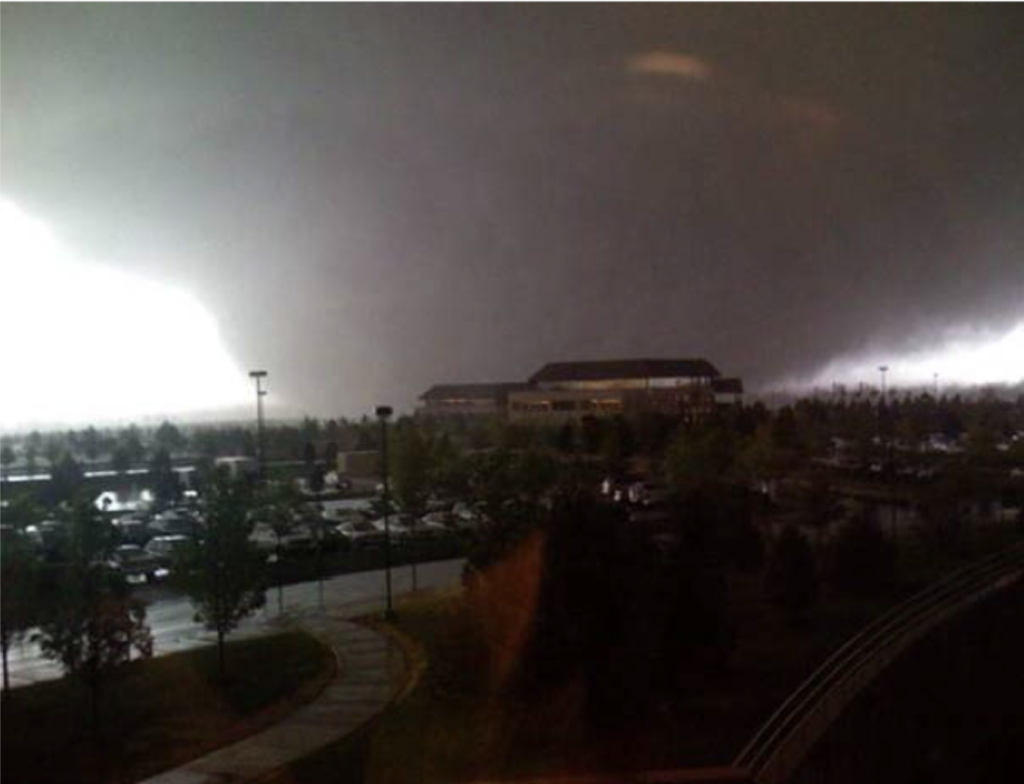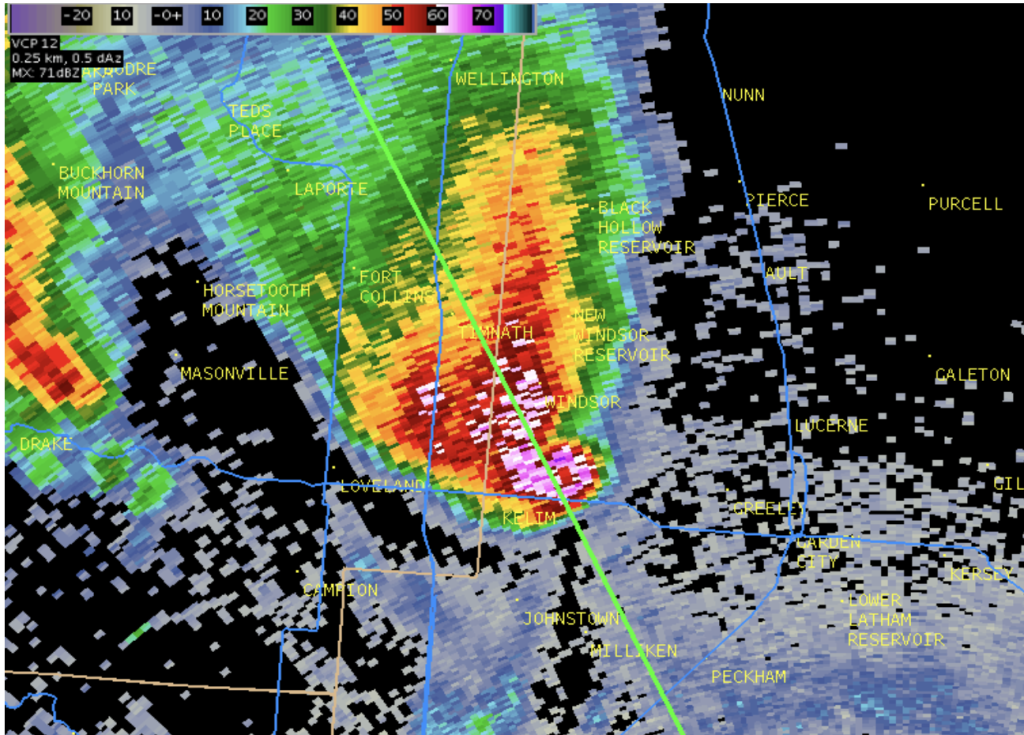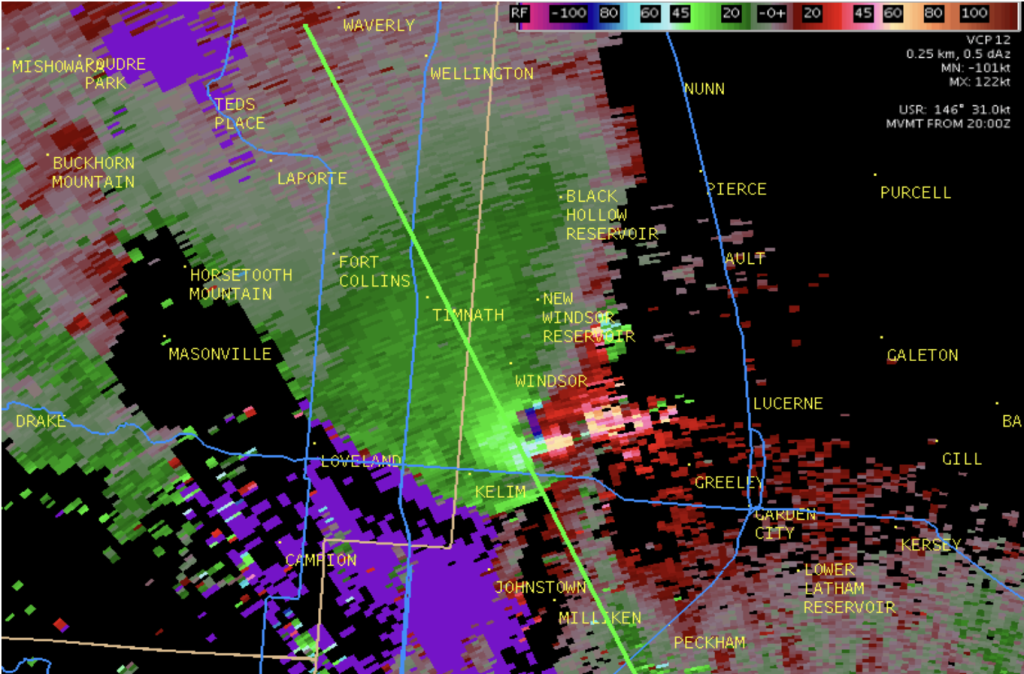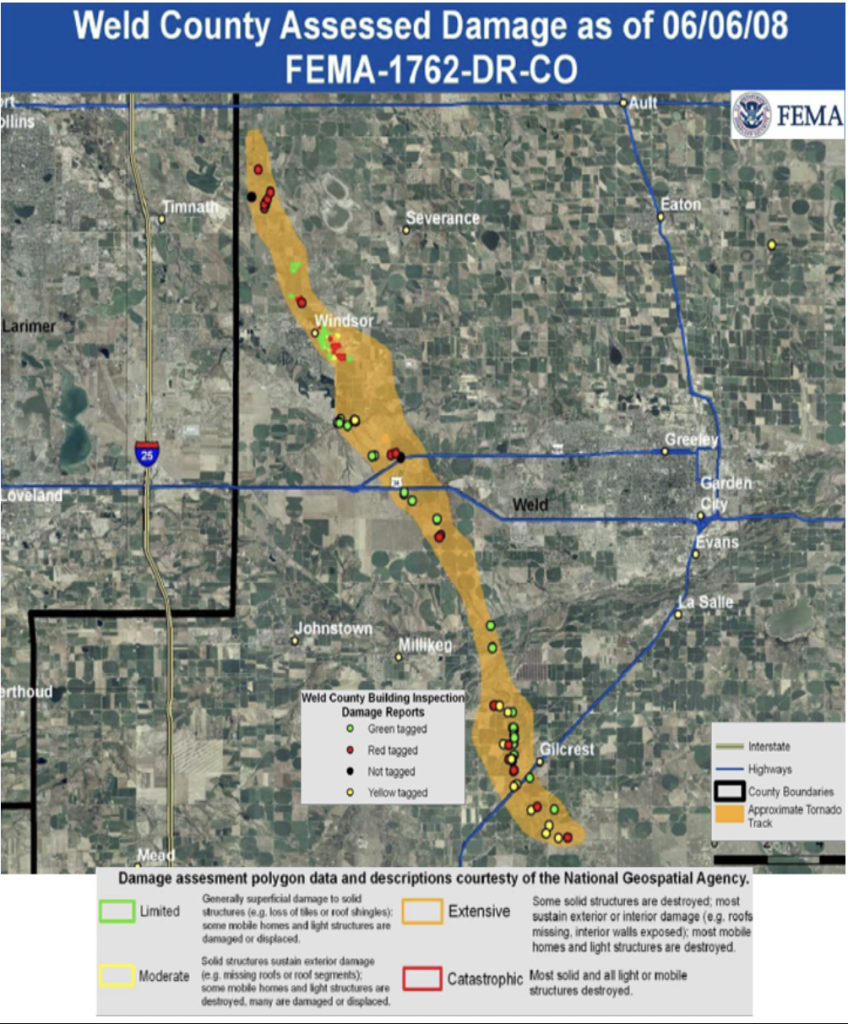Sixteen years ago, yesterday, on May 22, 2008, the community of Windsor, Colorado experienced one of the most devastating natural disasters in its history. An EF3 tornado, marked by its sheer power and destructiveness, swept through Weld County, leaving a trail of destruction and an indelible mark on the region. As we reflect on this significant anniversary, it’s important to remember both the devastation wrought by the storm and the resilience demonstrated by the community in the aftermath.

A Day of Unusual Tornadic Activity
While May and June are peak months for tornadoes in Colorado, the Windsor tornado was notable for several unusual characteristics. It occurred earlier in the day than typical tornadoes, which usually form in the mid-afternoon to early evening. The tornado’s track, moving north-northwest and lasting for 39 miles, was also atypically long and fast-moving.


The Tornado’s Path and Impact
On that fateful day, the tornado began its ferocious journey northeast of Platteville, moving north-northwestward and carving a 39-mile path through Weld County. The tornado, which expanded up to one mile in width at times, left a continuous path of damage stretching over 24 miles. It finally lifted 6 miles west-northwest of Wellington, but not before causing widespread destruction.

Structural and Agricultural Damage
In its wake, the tornado inflicted extensive damage on both residential and commercial structures. Preliminary estimates from FEMA indicated that 850 homes were damaged, with nearly 300 of those significantly damaged or destroyed. The Poudre Valley Rural Electric Association reported $1 million in damage to electric transmission lines, while privately insured damages totaled $147 million, making it the costliest tornado disaster in Colorado’s history at the time.
Agricultural operations were also heavily impacted. The tornado flattened Windsor’s main feedlot and destroyed a dairy barn, resulting in the deaths of most of the 400 cows. Farmers reported significant damage to crops and irrigation equipment, highlighting the broad economic impact of the disaster.
Transportation and Power Disruptions
The tornado’s sheer power was evident in the damage it caused to transportation and power infrastructure. Tractor trailers were flipped along U.S. Highway 85, and over 200 power poles were snapped or blown down, leaving approximately 60,000 people without electricity. Additionally, the tornado overturned 15 railroad cars and destroyed a lumber car on the Great Western Railway of Colorado, underscoring the extensive disruptions to the local infrastructure.
Casualties and Injuries
The tornado resulted in one tragic fatality. A man lost his life while attempting to escape a trailer park in his motor home. In addition, 78 people sustained injuries ranging from broken bones to minor cuts and lacerations. The human toll of the disaster remains a poignant reminder of the tornado’s impact on the community.
Community Response and Recovery
In the immediate aftermath of the tornado, the Windsor community demonstrated remarkable resilience and solidarity. Efforts to address concerns related to health, safety, and shelter were mobilized swiftly. The town’s recovery process focused on rebuilding better and stronger, with a commitment to improved facilities and services.
Learning from the Disaster
The Windsor tornado underscored the importance of preparedness and the need for robust infrastructure to withstand natural disasters. Enhanced building codes, better warning systems, and community education on emergency responses have since become critical areas of focus in the region.
Conclusion
Reflecting on the events of May 22, 2008, sixteen years ago yesterday, serves as a powerful reminder of nature’s unpredictability and the strength of community resilience. The extensive damage and the significant recovery efforts that followed underscore the need for continued vigilance and preparedness in tornado-prone areas. As Windsor continues to rebuild and grow, the lessons learned from this devastating event remain integral to its approach to disaster management and community resilience.
Sources: National Weather Service. (2008). May 22, 2008 Windsor Tornado. Retrieved from weather.gov and the National Centers for Environmental Information. (2008). Storm Events Database – Event Details. Retrieved from noaa.gov.
